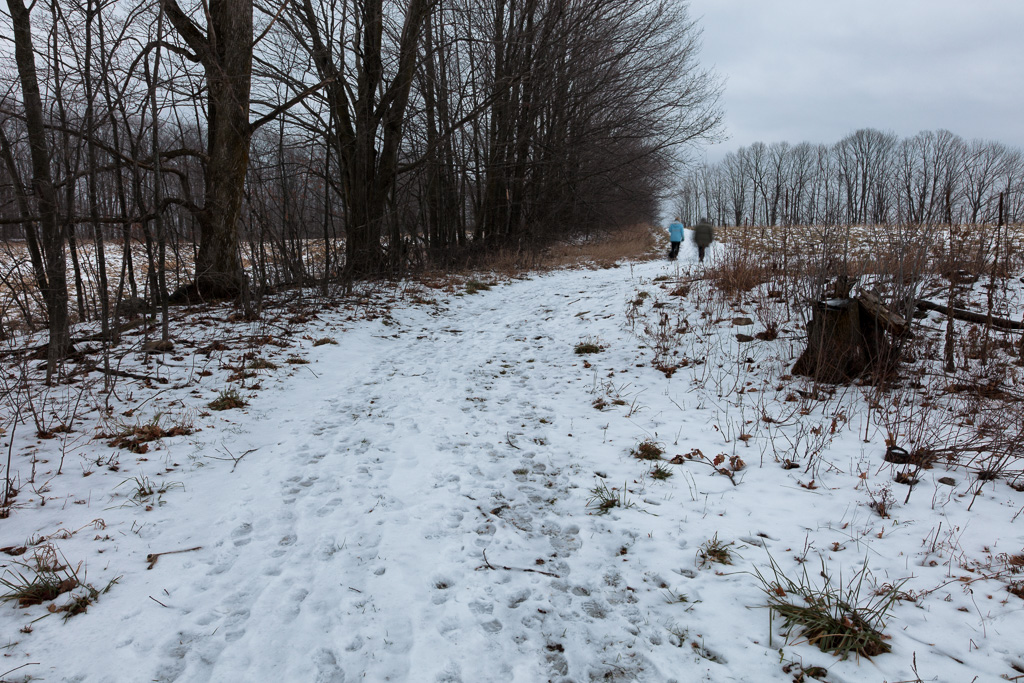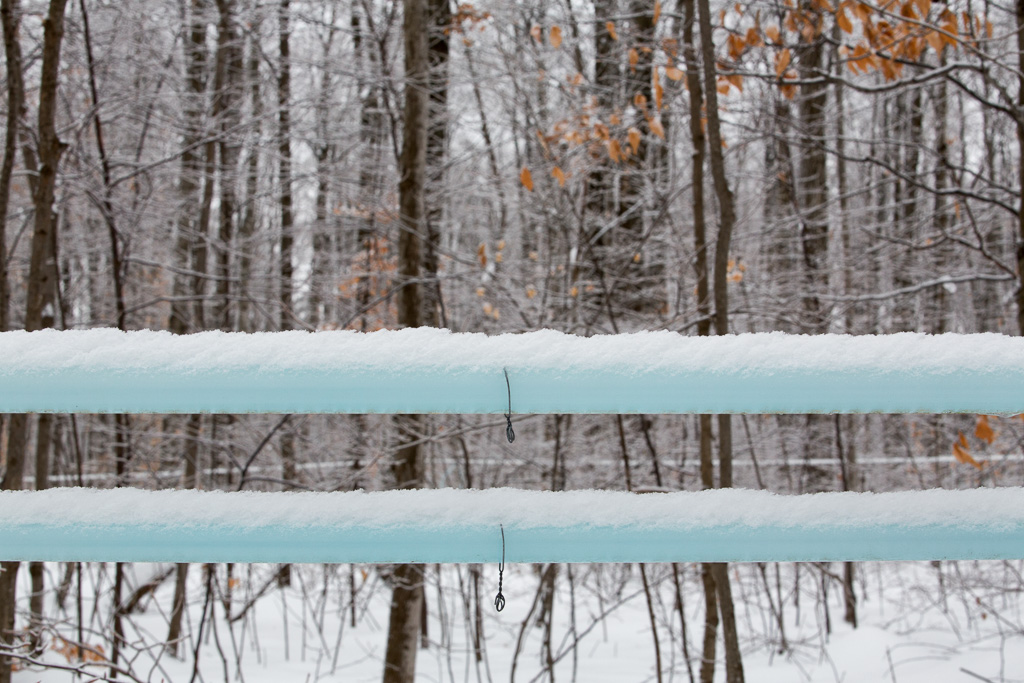What is the potential impact of the climate crisis on maple syrup production? The answer to this question varies depending on your time horizon.
Looking at issues likely to arise in the near future, what keeps maple syrup producers awake at night are the consequences of extreme weather events:
• Wind and ice storms can wreak havoc on trees and can destroy sap lines.
• Wild temperature fluctuations can bring the maple syrup season to an abrupt halt. For a good run, maple syrup producers depend on a succession of days where the temperature climbs a little above freezing during the day and then falls a little below freezing during the night. A sudden warm snap can force the maple trees to break dormancy which means buds form and the sap stops flowing.
• Drought adversely affects the health of the trees and also increases the risk of catastrophic destruction by forest fire.
Looking to the medium term, even subtle changes in climate can make a region more hospitable to invasive species. We’ve already seen this kind of devastation with the mountain pine beetle spreading eastward from British Columbia. And the emerald ash borer has overrun the Great Lakes-St. Lawrence forest region (the region where most maple trees grow). A similar infestation affecting maple trees could obliterate the industry.
In the long term, there looms the possibility that the Great Lakes-St. Lawrence forest region will become too warm to support maple trees. The US Department of Agriculture estimates that by 2100 the “maximum sap flow region is projected to move 400km to the north.” This echoes a more general claim from Jeffrey Sachs. In his 2008 book, Common Wealth: Economics for a Crowded Planet, the noted economist offered something of a silver lining scenario: agricultural losses would be offset by gains in other regions, most notably to the north.
While it may be true that there will be maximum sap flow potential further north, it takes more than favourable temperature to grow a maple tree. If these (American) writers actually visited locations 400 km to the north, they would discover that one important ingredient is missing: suitable top soil. The challenge here is the Canadian Shield, a gigantic slab of igneous rock. During the last ice age, glaciers scoured it bare and relocated all that wonderful gravel and dirt further south. In Ontario, the Canadian Shield supports Boreal forests but cannot support mature deciduous forests. Someday, perhaps. However, soil development and forest growth are processes that happen over millennia. Nobody is going to be tapping trees 400 km to the north anytime soon.
While these “silver lining” scenarios are well intended, they are unhelpful to the extent that they feed climate crisis denialists.

